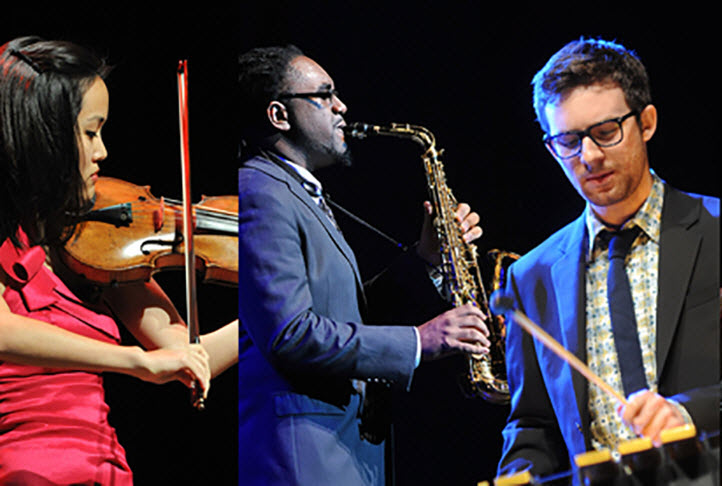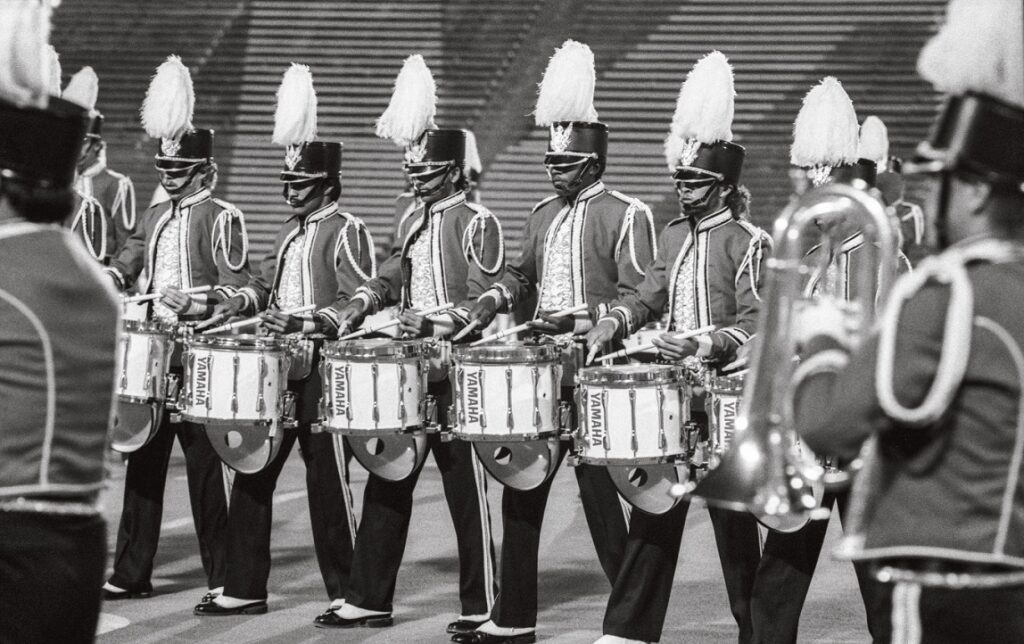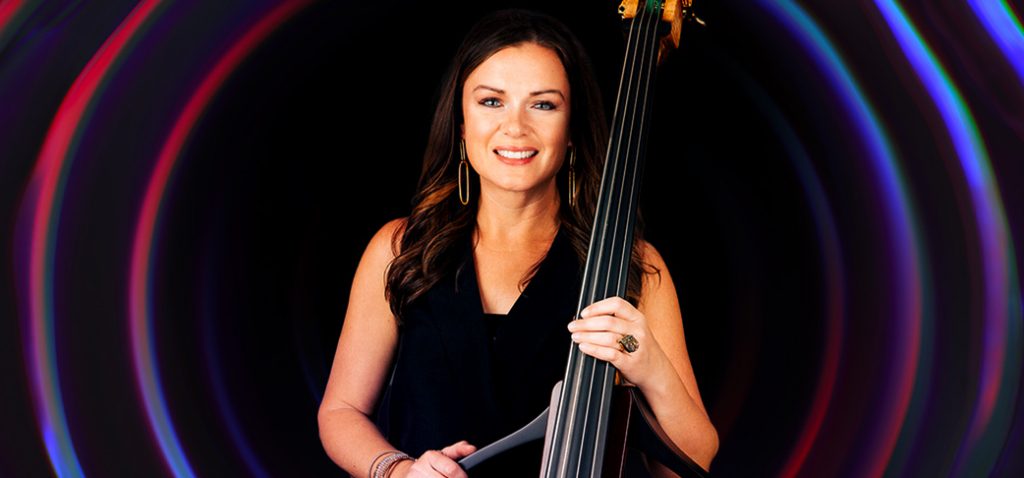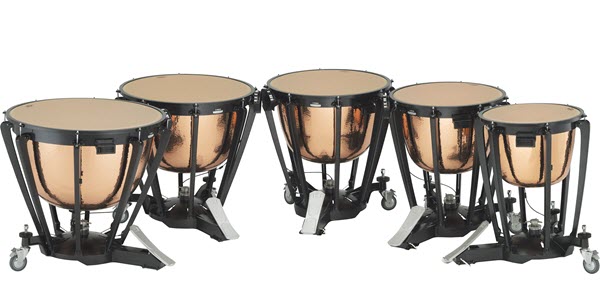Improve Your Stage Presence
Tips on stage etiquette.
Have you ever gone to a concert and remember more about the poor stage etiquette than the performance? Me too!
Teachers can only do so much during lessons and ensemble rehearsals. There is so much to know about being a musician that sometimes the little things — like etiquette — are not addressed. Here are some tips to use at your next performance.
Entering the Stage
When you first walk onto the stage, smile and acknowledge the audience. Walk with a purpose and get to your instrument without looking around or trying to see if your mom is in the audience. The person with the longest distance to go should enter first. If the applause continues once you arrive at your destination, take a small bow or acknowledge the audience with a head nod. Look like you are excited to play and, again, smile. The folks in the seats have taken time out of their schedule to come see you and it’s your role to be positive about your performance. Look like you are having fun even if you’re nervous. If you look uncomfortable, the audience will be uncomfortable too.
During the Performance
Don’t talk during the performance, even if you have a lot of rests. Sit there and enjoy the music and be ready to play when it’s your turn. Remember, once you are on the stage, the audience can see everything you are doing.
And if you make a mistake, keep going. Mistakes are inevitable, and it is your responsibility to perform through them as if nothing happened.
Take a Bow
When you bow, bend at your waist and don’t look at the audience — you are not greeting someone. My college percussion teacher used to tell us say “I can see my shoes” to ourselves while bowing. This translates roughly to a count of 2 (that is, two quarter notes at 60 BPM).
Enjoy the moment. People are clapping for you! Take your bow (or two) and then exit the stage quickly — don’t ham it up. If people continue to clap, go back out and take another one.
Dress
Wear something that is professional but not distracting. The audience is there to see your performance, not what you are wearing. Remember, your outfit should never be flashier than your performance.
By the way, I always recommend that my students do a run-through in the clothes they intend to wear for the concert itself. Performing in dress shoes may mean you have to adjust the height of the instrument, or long sleeves may get in the way. Better to be prepared for these kinds of gremlins ahead of time!
Stagehands
If you are going to use stagehands to help you move equipment (something I highly recommend!) make sure they dress in all black so they are not distracting to the audience while they are on stage. Before the concert, make sure you go over the set-up diagram with them and let them know how and when they should move the equipment.
A note for stagehands: Make sure you move purposefully and efficiently, and don’t interact with the audience. Do your job in a completely unobtrusive way.
Stage Clutter
There should be nothing on the stage other than what you need to perform the concert. That means no backpacks, stick bags, instrument covers, jackets, empty soda cans, etc.
After the Concert
During the reception, the rule is simple: No negativity. Don’t talk about the mistakes you made. Be sure to say hello to all of the people who came to your recital and thank them for being there to support you. Engage with your audience and be positive.
Finally, don’t go home and watch your video right after your performance. Wait at least a week and when you do watch it, learn from it and don’t beat yourself up for every little mistake.
Photo by Radek Grzybowski on Unsplash
For more information, see our blog post Top 10 Things All Young Percussionists Should Know















